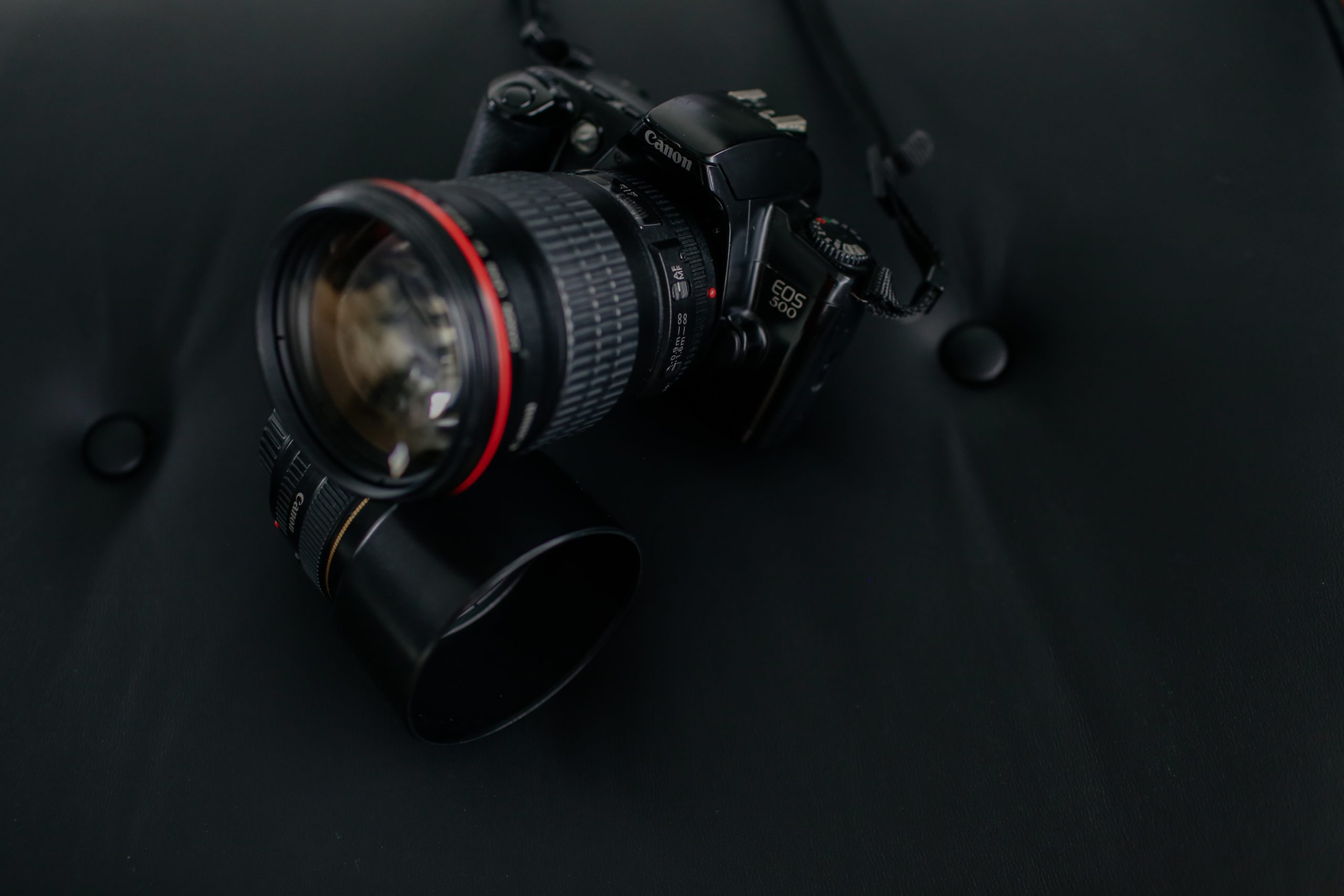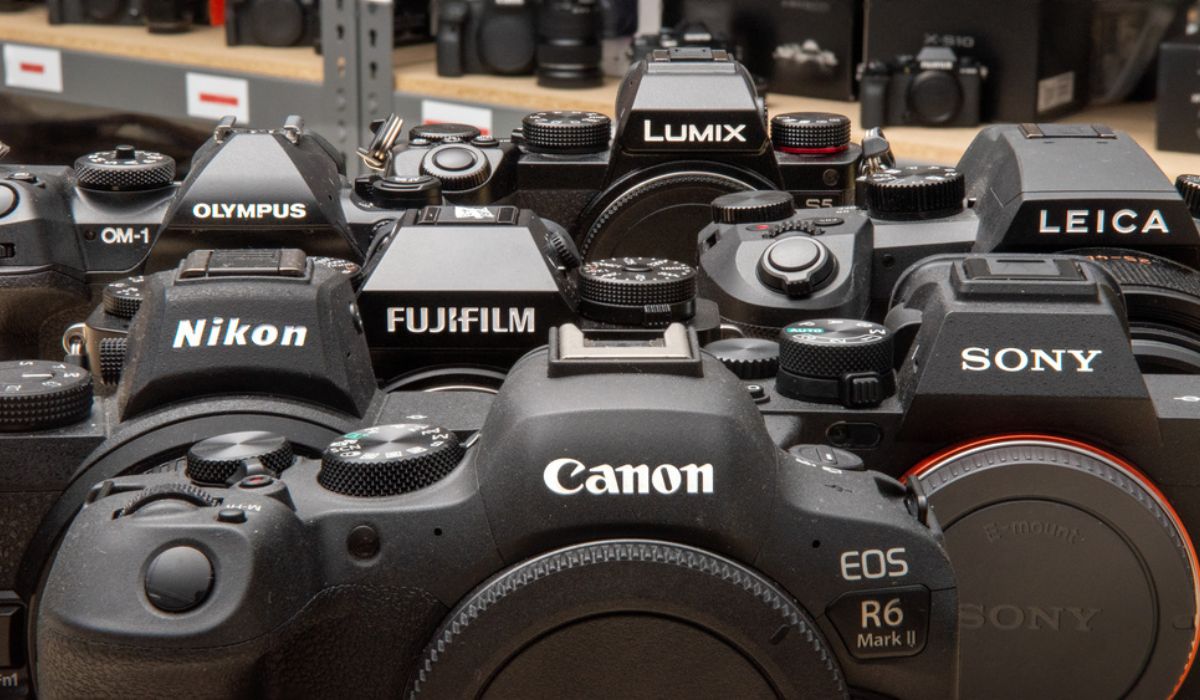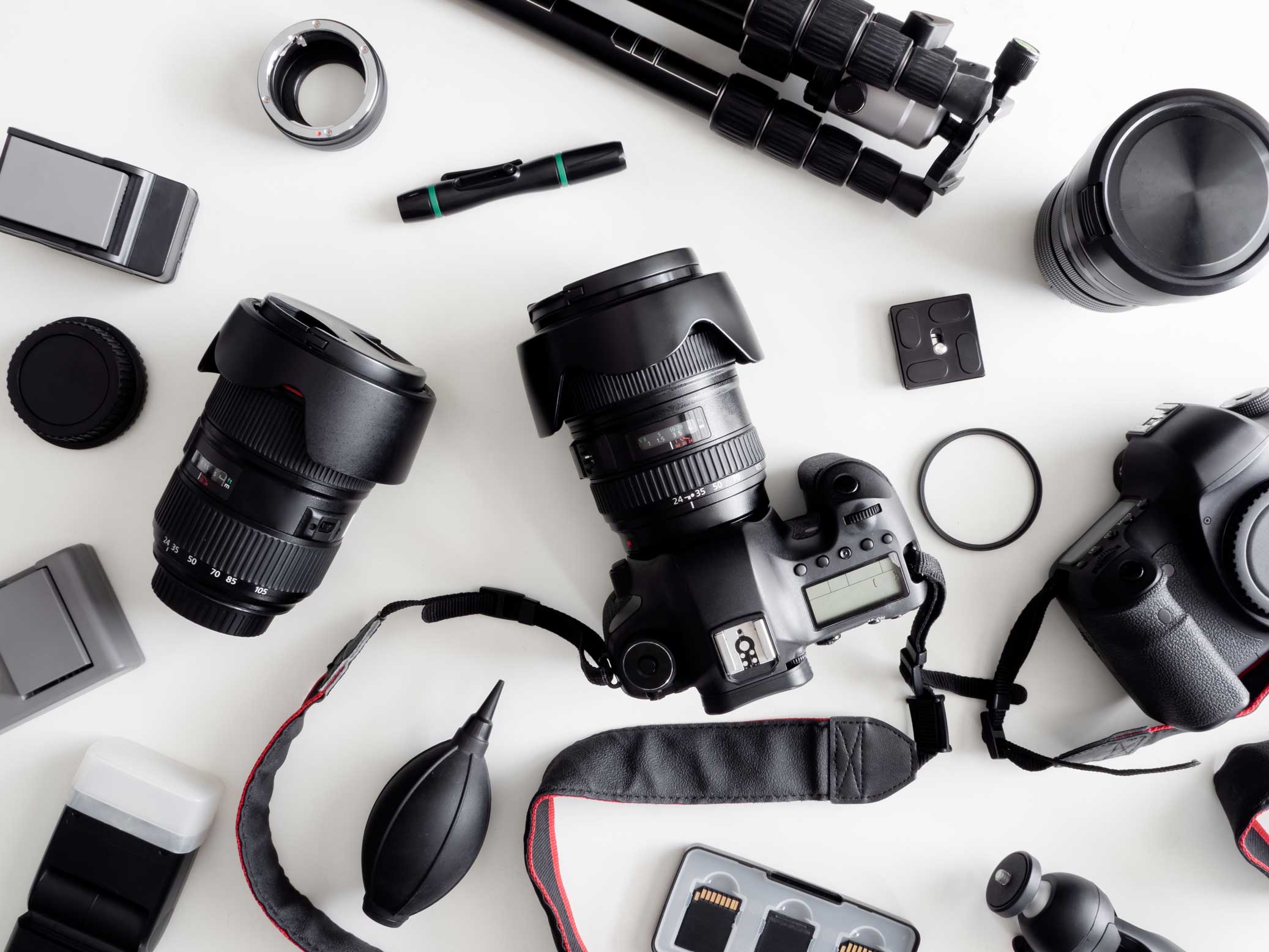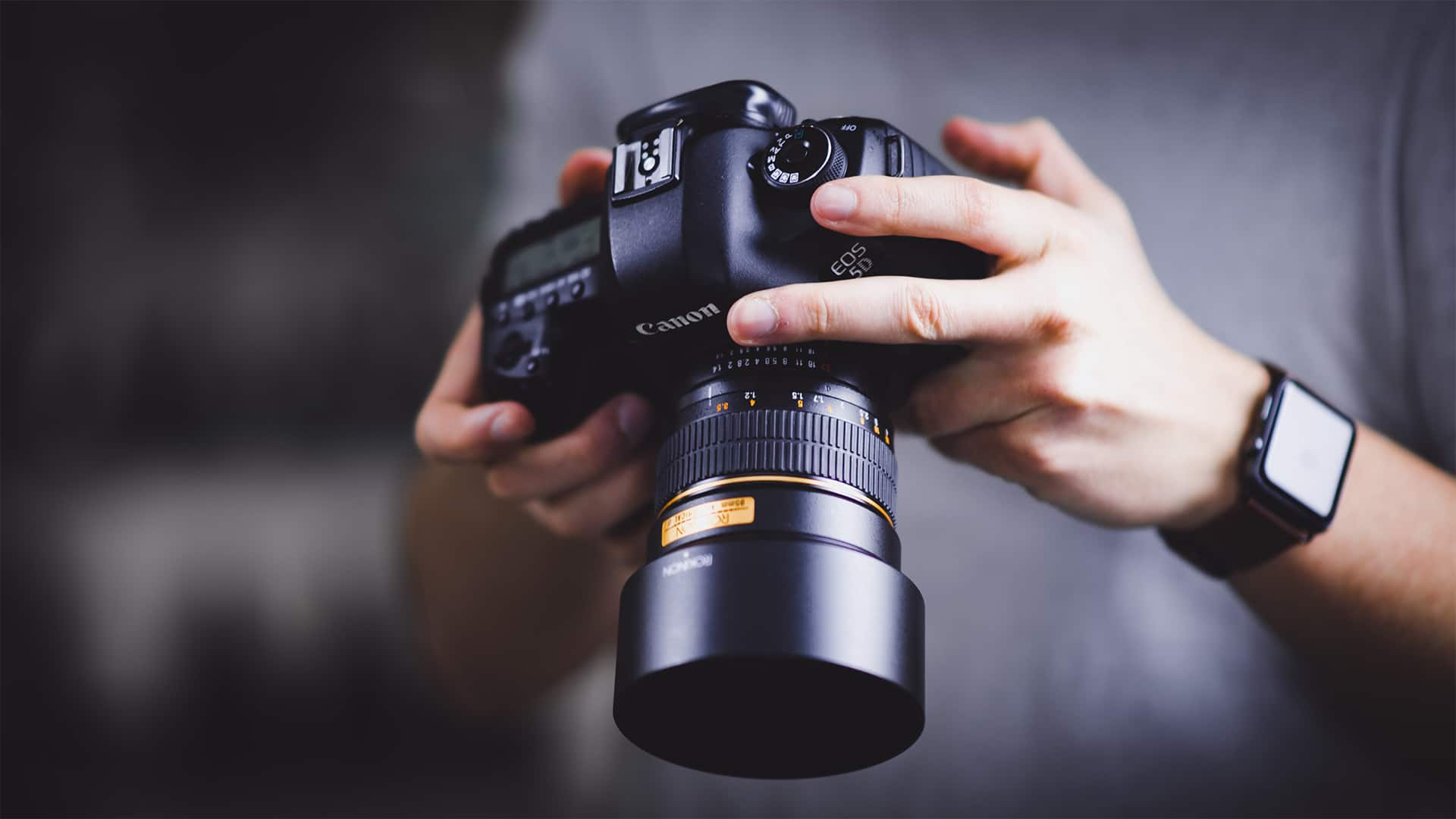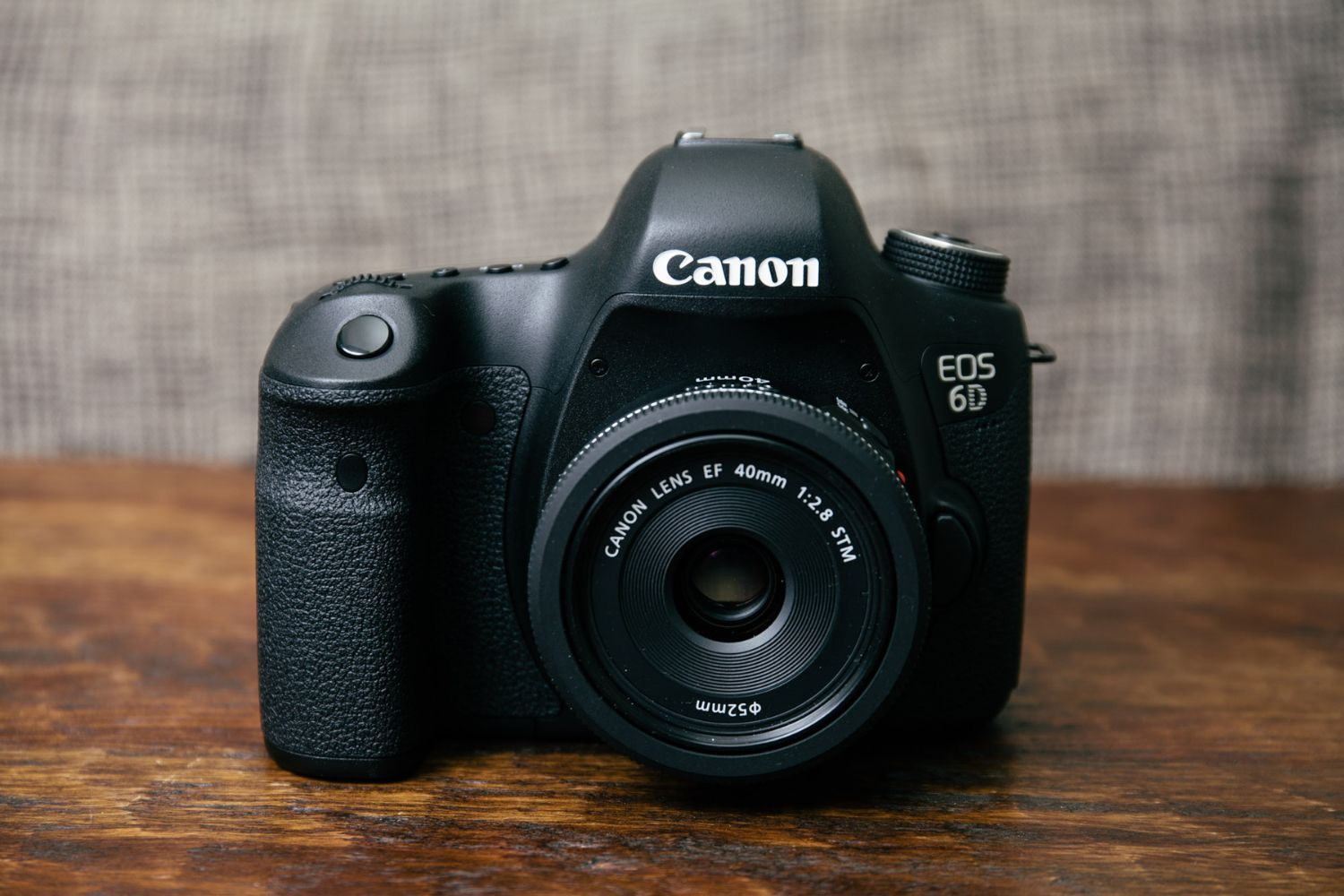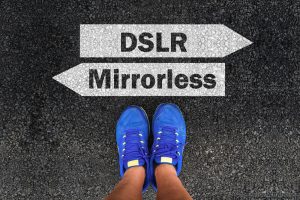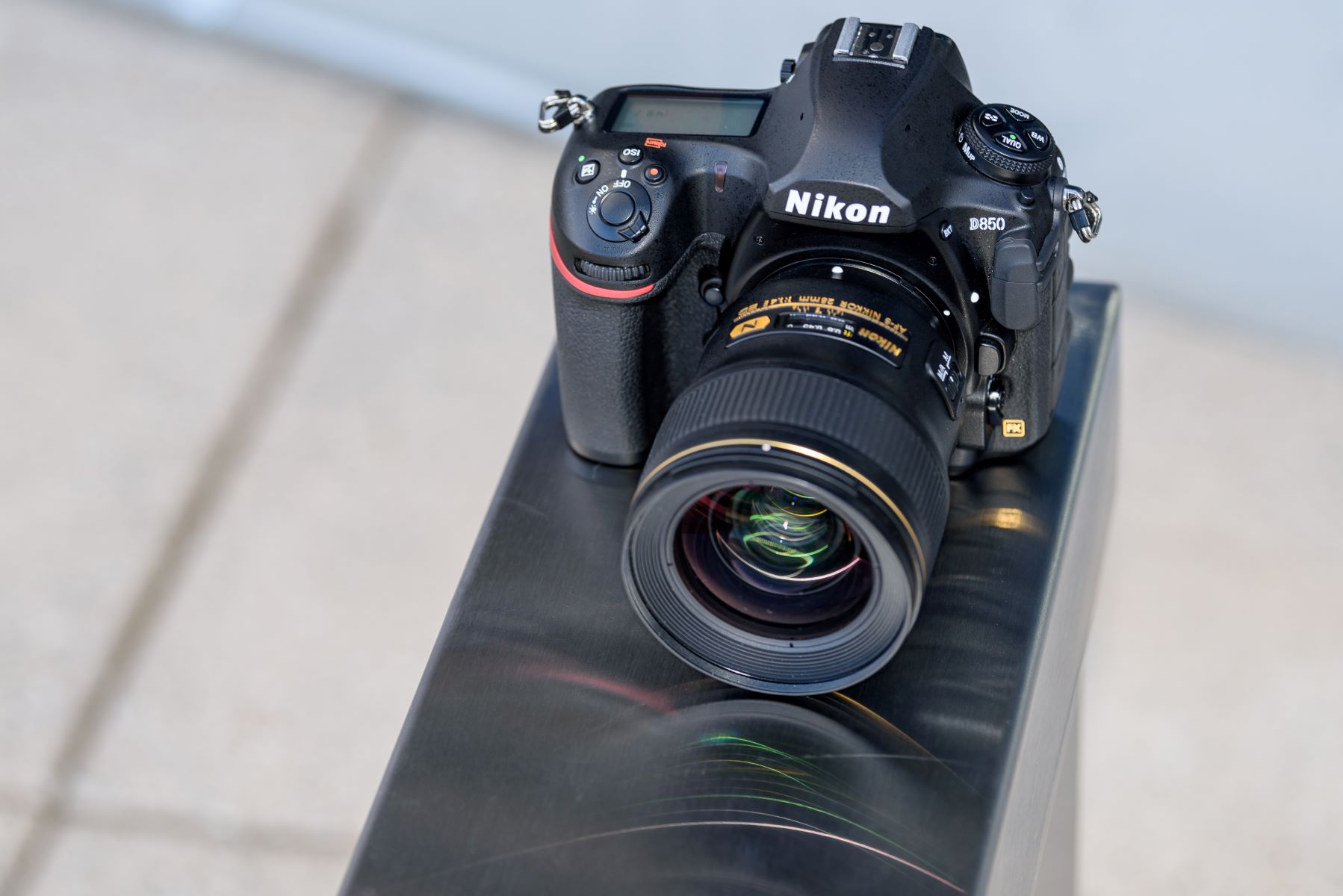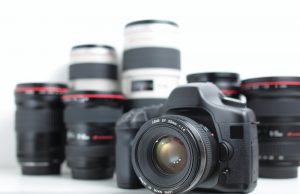Understanding Your Needs
Understanding Your Needs
When purchasing your first DSLR camera, it's crucial to assess your specific requirements to make an informed decision. Understanding your needs will not only help you choose the right equipment but also ensure that you invest in a camera that aligns with your interests and aspirations.
Before diving into the technical aspects, take a moment to contemplate your photography goals. Are you an enthusiastic traveler looking to capture breathtaking landscapes, or perhaps a budding portrait photographer aiming to freeze genuine emotions in your frames? Understanding your primary areas of interest will guide you in selecting the most suitable gear.
Consider the environments in which you plan to shoot. If you're drawn to low-light settings or indoor photography, a camera with exceptional low-light performance may be essential. Conversely, if you're an outdoor enthusiast, weather-sealed equipment might be a priority to withstand various conditions.
Additionally, think about the level of control you desire over your images. Are you content with the simplicity of automatic settings, or do you aspire to delve into manual adjustments to unleash your creativity? Your comfort level with technical aspects will influence the complexity of the camera you choose.
Budget is also a significant factor. While it's tempting to opt for the latest and most advanced model, it's important to strike a balance between features and affordability. Consider investing in a camera that offers room for growth while staying within your financial means.
Furthermore, contemplate the potential for future upgrades. Some entry-level DSLRs may limit your ability to expand your gear in the future, while others offer compatibility with a wide range of lenses and accessories. Evaluating your long-term photography ambitions can help you make a more sustainable investment.
By understanding your needs, you can narrow down the overwhelming array of options and make a well-informed decision that aligns with your photographic journey. Whether you're a hobbyist seeking creative expression or an aspiring professional honing your skills, tailoring your camera choice to your specific needs is the first step toward capturing remarkable moments.
Choosing the Right Camera Body
Choosing the Right Camera Body
When it comes to selecting the ideal DSLR camera body, several factors warrant careful consideration to ensure that it complements your photography style and preferences.
One of the primary aspects to evaluate is the sensor size. Entry-level DSLRs typically feature APS-C sensors, which strike a balance between performance and affordability. On the other hand, full-frame sensors offer superior image quality and enhanced low-light performance, albeit at a higher cost. Understanding the implications of sensor size on image quality and depth of field empowers you to make an informed choice.
Resolution is another crucial consideration. While a higher megapixel count may seem enticing, it’s important to weigh this against your intended applications. If you primarily share images on social media or create prints up to A3 size, a moderate resolution suffices. However, if you foresee extensive cropping or large-format printing, a higher resolution may be advantageous.
Evaluate the camera’s ergonomics and handling to ensure a comfortable and intuitive shooting experience. Factors such as grip size, button layout, and overall build quality significantly impact your ability to operate the camera seamlessly, especially during extended shooting sessions.
Consider the autofocus system, particularly if you plan to delve into action or wildlife photography. A responsive and accurate autofocus mechanism can make a substantial difference in capturing fast-moving subjects with precision.
Furthermore, assess the available shooting modes and customization options. While entry-level DSLRs offer a range of automatic and semi-automatic modes, advanced models provide extensive manual controls and customization features, empowering you to refine your photographic vision.
Connectivity features, such as Wi-Fi and Bluetooth, facilitate seamless file transfer and remote camera control, enhancing your workflow and enabling instant sharing of your images.
By thoroughly evaluating these factors, you can identify a camera body that harmonizes with your needs and aspirations, empowering you to embark on your photographic journey with confidence and enthusiasm.
Selecting the Right Lens
Selecting the Right Lens
Choosing the appropriate lens for your DSLR camera is a pivotal decision that significantly influences the quality and versatility of your photography. Understanding the key considerations when selecting lenses empowers you to make an informed choice that aligns with your creative vision and shooting requirements.
- Focal Length: The focal length of a lens dictates its field of view and magnification. For versatile shooting, a standard zoom lens with a focal length range of 24-70mm or 18-55mm is an excellent starting point. If you have a specific genre in mind, such as landscape or portrait photography, consider prime lenses with fixed focal lengths tailored to those purposes.
- Aperture: The aperture of a lens influences its light-gathering capability and depth of field control. Lenses with wider apertures, such as f/1.8 or f/2.8, excel in low-light conditions and enable compelling background blur for striking subject isolation.
- Image Stabilization: Opt for lenses equipped with optical stabilization, particularly for telephoto or low-light photography, as it minimizes the impact of camera shake and enhances the sharpness of handheld shots.
- Compatibility: Ensure that the lenses you consider are compatible with your camera’s mount. Additionally, assess the potential for future lens acquisitions by exploring the diversity of available lenses within the same mount system.
- Specialized Lenses: Depending on your interests, consider specialized lenses such as macro, fisheye, or tilt-shift lenses to explore unique perspectives and genres beyond standard photography.
It’s essential to prioritize the acquisition of high-quality lenses, as they have a profound impact on the overall image quality. While kit lenses offer versatility and convenience, investing in premium lenses with superior optics and build quality can elevate your photography to new heights.
Moreover, consider the intended usage of your lenses. If you frequently shoot in challenging environments, prioritize weather-sealed lenses for durability and reliability. Conversely, if portability is paramount, compact and lightweight lenses may better suit your needs.
By comprehensively evaluating these factors and considering your specific shooting preferences, you can assemble a collection of lenses that empowers you to realize your creative potential and capture captivating images across diverse genres and scenarios.
Essential Accessories
Essential Accessories
Equipping yourself with essential accessories is pivotal for maximizing the potential of your DSLR camera and ensuring a seamless and fulfilling photography experience. While the camera body and lens form the core of your gear, the following accessories complement your setup and enhance your capabilities as a photographer.
- Camera Bag: A well-designed camera bag not only safeguards your equipment from impacts and adverse weather but also provides convenient storage and easy access to your gear during shooting sessions. Consider the size, comfort, and organizational features when selecting a camera bag that suits your needs.
- Tripod: A sturdy tripod is indispensable for achieving stable shots, especially in low-light conditions or when capturing long exposures. Look for a tripod that balances portability and stability, and consider additional features such as adjustable leg angles and a ball head for versatile shooting setups.
- Polarizing Filter: This filter reduces reflections and glare while enhancing color saturation, making it an invaluable tool for landscape and outdoor photography. Invest in a high-quality polarizing filter that matches the thread size of your lenses for optimal results.
- External Flash: An external flash unit provides enhanced control over lighting, allowing you to illuminate subjects effectively and achieve more dynamic and professional-looking images, particularly in indoor or low-light settings.
- Spare Batteries and Memory Cards: Carrying extra batteries and memory cards ensures uninterrupted shooting sessions, offering peace of mind and flexibility, especially during extended outings or events.
- Cleaning Kit: Regular maintenance is essential for preserving the pristine condition of your gear. A cleaning kit comprising a blower, microfiber cloths, and sensor cleaning tools enables you to keep your camera and lenses free from dust, smudges, and debris.
- Remote Shutter Release: This accessory minimizes camera shake during long exposures or tripod-mounted shots, contributing to sharper and more precise images. It also facilitates self-portraits and group photos with ease.
Additionally, consider investing in a comfortable camera strap, a lens hood for light control and protection, and a portable power bank for on-the-go charging to enhance your shooting comfort and flexibility.
By integrating these essential accessories into your kit, you can elevate your photographic capabilities, safeguard your equipment, and embrace diverse shooting scenarios with confidence and preparedness.
Learning Resources
Learning Resources
Embarking on your journey with a DSLR camera entails continuous learning and skill development to unleash your creative potential and master the art of photography. Accessing diverse learning resources empowers you to expand your knowledge, refine your techniques, and explore new horizons in the realm of visual storytelling.
- Online Tutorials and Courses: Numerous platforms offer comprehensive tutorials and structured courses covering various aspects of photography, from camera fundamentals to advanced techniques. Engaging with online learning resources allows you to learn at your own pace and delve into specific areas of interest.
- Photography Books: Investing in reputable photography books authored by experienced professionals provides invaluable insights, practical guidance, and visual inspiration. Explore titles that align with your preferred genres and techniques to deepen your understanding of photographic principles.
- Photography Communities: Joining online photography communities and forums enables you to connect with fellow enthusiasts, seek advice, and participate in constructive discussions. Engaging with a community fosters a supportive environment for sharing experiences and learning from diverse perspectives.
- Workshops and Seminars: Participating in local workshops, seminars, and photography events facilitates hands-on learning, networking opportunities, and mentorship from seasoned practitioners. These immersive experiences contribute to your growth as a photographer and expose you to practical insights from industry professionals.
- Photography Podcasts and Videos: Podcasts and video series dedicated to photography offer an accessible and engaging way to stay informed about industry trends, gear reviews, and creative discussions. Incorporating these audiovisual resources into your routine provides continuous exposure to valuable knowledge and inspiration.
Furthermore, consider exploring the resources provided by camera manufacturers, which often include online tutorials, user manuals, and educational content tailored to specific camera models and features. Familiarizing yourself with your camera’s capabilities and functionalities through manufacturer resources enhances your proficiency and unleashes the full potential of your equipment.
Engaging with a diverse array of learning resources cultivates a holistic understanding of photography, nurtures your creative vision, and instills a lifelong passion for the craft. Embrace the opportunity to learn from various mediums, connect with fellow enthusiasts, and immerse yourself in the rich tapestry of photographic knowledge to elevate your skills and artistic expression.







